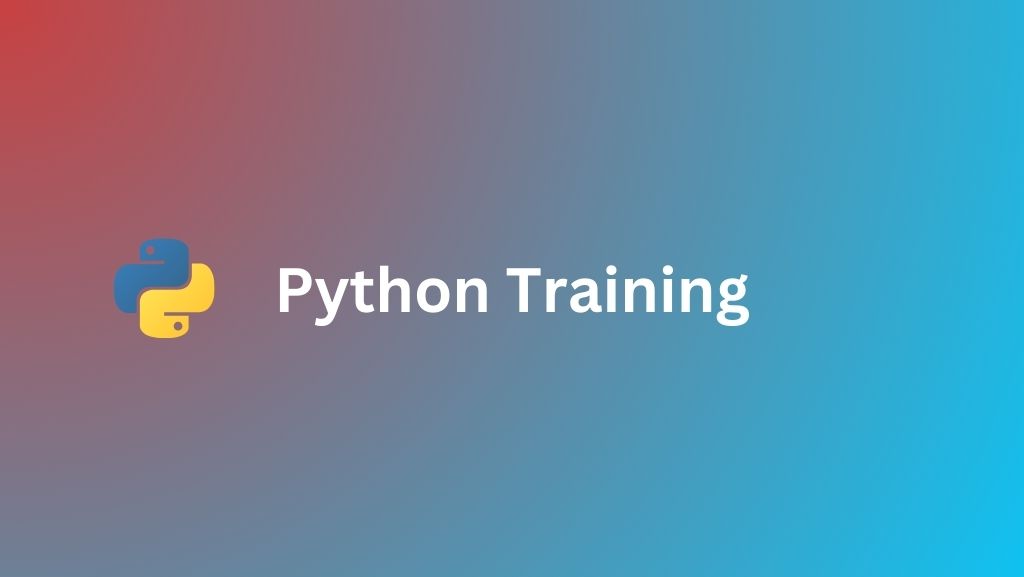Upcoming Batches for ELK Stack
Not compatible with the above dates?
ELK Stack Course Details
Zx Academy ELK Stack training course has been designed to make the candidates experts in operating and running their search cluster using Elasticsearch, Logstash, and Kibana. At Zx Academy, experienced trainers will make you professional in Logstash to load data into ElasticSearch, execute data visualization and various operations with Kibana. During the ELK Stack training, the candidate will also work with real-world projects to attain practical knowledge.
With Zx Academy's ELK training, you will get hands-on experience by working on real-time projects. This ELK online training course makes you an expert in ELK concepts. Elasticsearch is a search engine and data analytics, whereas Logstash is a server-side data processing pipeline that is used to ingest data/information from various sources and delivers it to "stash" like Elasticsearch. Kibana is used to allow users to visualize data/information using graphs and charts. The ELK Stack course at Zx Academy provides you with in-depth knowledge of the concepts like ELK Stack overview, CRUD API, architecture, Elasticsearch, Logstash parsing, Data modeling, Data aggregation, and so on.
Highlights of Zx Academy Training:
- 24/7 Support throughout the training period
- Live online classes
- Training under industry experts
- Free study material
- Flexible timings to all our students
What will you learn in ELK Stack training?
After completion of the ELK Stack course training, you will learn:
- Elasticsearch CRUD API
- Multi-Node Cluster Setup
- Searching with ElasticSearch
- Dealing with Human Language
- Advanced CRUD API
- Parsing with Logstash
- Searching in Depth
- Data Aggregation
Who should take this ELK Stack training?
The ELK Stack training course is beneficial for:
- Web Administrator
- System Log Analyst
- Big Data Analytics Engineer
- Web Analyst
- Business Analyst
- Full Stack Technical Architect
- Technical Manager
What are the prerequisites for taking ELK Stack training?
The prerequisites for taking ELK Stack training are:
- Basic knowledge of Restful API
- Basics of JSON Data Format and SQL
Why should you go for ELK Stack training and certification?
Over the years, the adoption rate of ELK Stack by global companies has been increasing. Top multinational companies like Accenture, Netflix, Fujitsu, and LinkedIn are recruiting ELK Stack developers. After completing the ELK Stack course at Zx Academy, you will learn the basics of ELK Stack with various use-cases, install the stack components in your system, and use Logstash to load data into ElasticSearch.
Salary Trends:
According to Glassdoor, the average salary of an ELK Stack professional is $1,30,000 per year.Are you excited about this?
ELK Stack Curriculum
Installation process
Log file configuration
Stashing process of the first event
Analyzing logs with Logstash
Uses of input and output, usage of Plugins and Execution model
Installation and running process
Indexing documents list
aving and Searching the documents
A brief introduction to Aggregation
Analysis process
Filtering Process of the Aggregations and Queries
Sorting Multivalue Loads
Expected Aggregation
Doc Values and Field Data
Relationships handling
Nested objects and Scale Designing
Installation process of Kibana
Sample data loading process
Discovering the saved data
Visualization of the data
Working with the Dashboard
Searching of the saved data
Filtering by the Field
Viewing the document data and document context
Viewing the field statistics
Data visualization and Dashboard analysis
Exploring the live data with the ELK Stack
Like the curriculum?
Projects on ELK Stack
Log Analysis Dashboard
Project Description:
Construct a log analysis dashboard using Elasticsearch, Logstash and Kibana's ELK stack in order to extract insights from log data. This project will allow you to better understand log ingestion, storage and visualization processes.
Steps: To Construct ELK Stack: Install and configure Elasticsearch, Logstash, and Kibana on either your local machine or virtual environment.
Logstash provides an effective means for ingestion log data from various sources, including web servers, application logs or system logs.
Data Visualization: Utilizing Kibana, create visualizations to display key log data metrics. Beginning with simple representations such as line charts, bar charts and pie charts will get your visualization started.
Build Dashboards in Kibana: Combine your visualizations into one cohesive dashboard in Kibana, customize its layout and add filters for interactive exploration.
Search and Analyze: Leverage Kibana's search and query capabilities to explore your log data, looking for specific events or patterns within it.
Scheduled Data Updates: Configure Logstash to regularly refresh its log data so that your dashboard always reflects the most up-to-date log entries.
Document Your Project: Make sure that you document every aspect of your project from setup and configuration details to how the dashboard and visualizations were developed.
Learning Outcomes: For this course, participants will gain hands-on experience with ELK Stack components and log data management and storage, visualization, interactive dashboard creation for log analysis as well as System Monitoring and Alerting system configuration and administration.
System Monitoring and Alerting
Project Description:
Establish a basic monitoring and alerting system using ELK Stack to gain insight into system performance as well as set alerts for certain conditions. This project will give you greater knowledge into system operation while giving an understanding of specific alert conditions.
Steps for Setting Up ELK Stack: Install and configure Elasticsearch, Logstash, and Kibana within your chosen environment.
Logstash provides an effective solution for collecting system metrics on local machines or virtual servers, including CPU usage, memory consumption, disk usage and network traffic.
Data Visualization: Kibana provides an easy way to visualize system metrics using line charts, area charts and gauges to display them effectively.
Threshold Alerts: Kibana allows users to configure threshold-based alerts that notify them when system metrics exceed predefined thresholds (e.g. CPU usage exceeding 90%). These notifications could include CPU utilization going beyond 90% as an example.
Kibana Dashboard Creation: Develop a Kibana monitoring dashboard to display real-time system performance metrics and the status of any alerts triggered.
Alert Notifications: Set email or other alert mechanisms up so you receive notification whenever system metrics breach thresholds.
Documentation: Record all aspects of the setup process, configuration details, and how you implemented a monitoring and alert system.
Learning Outcomes: Practical experience monitoring system metrics using ELK Stack. Knowledge of configuring threshold-based alerts. Skill in designing an interactive real-time monitoring dashboard.
Project Resources
ELK Stack Certification

Get certification or Get ahead with Zx Academy’s Certification or
Faq’s for ELK Stack
Reviews
Bindu
Anusha




